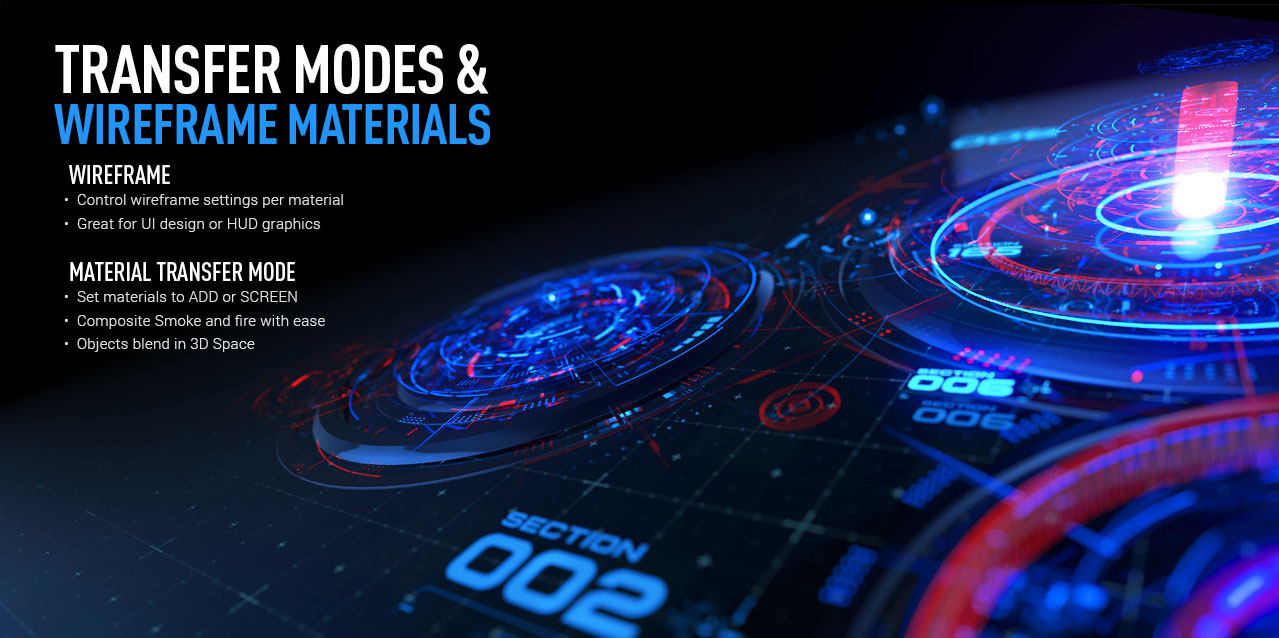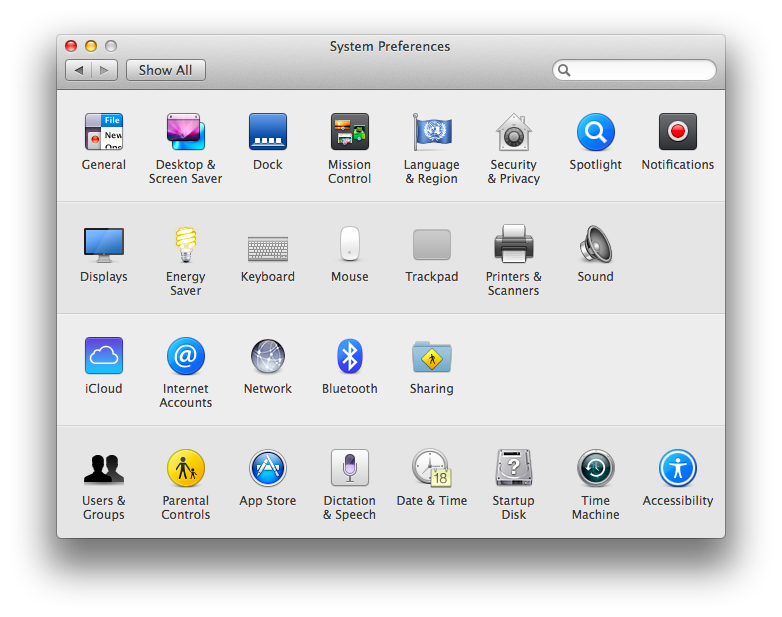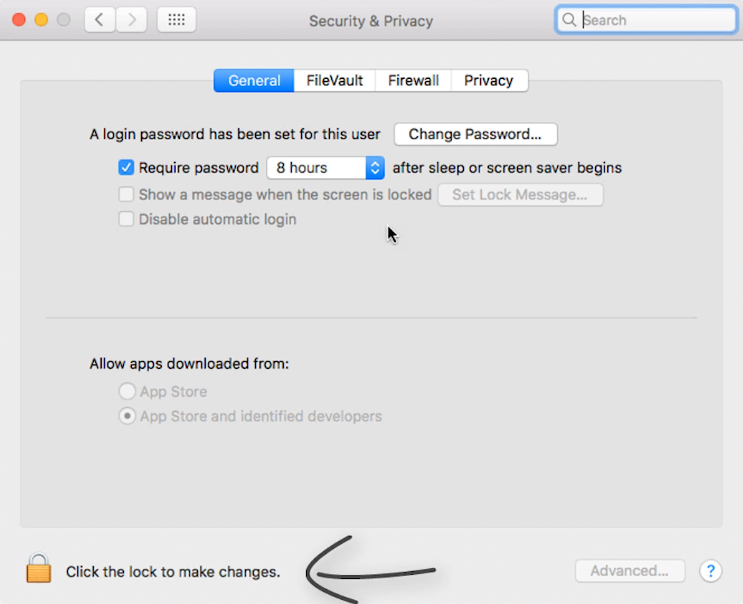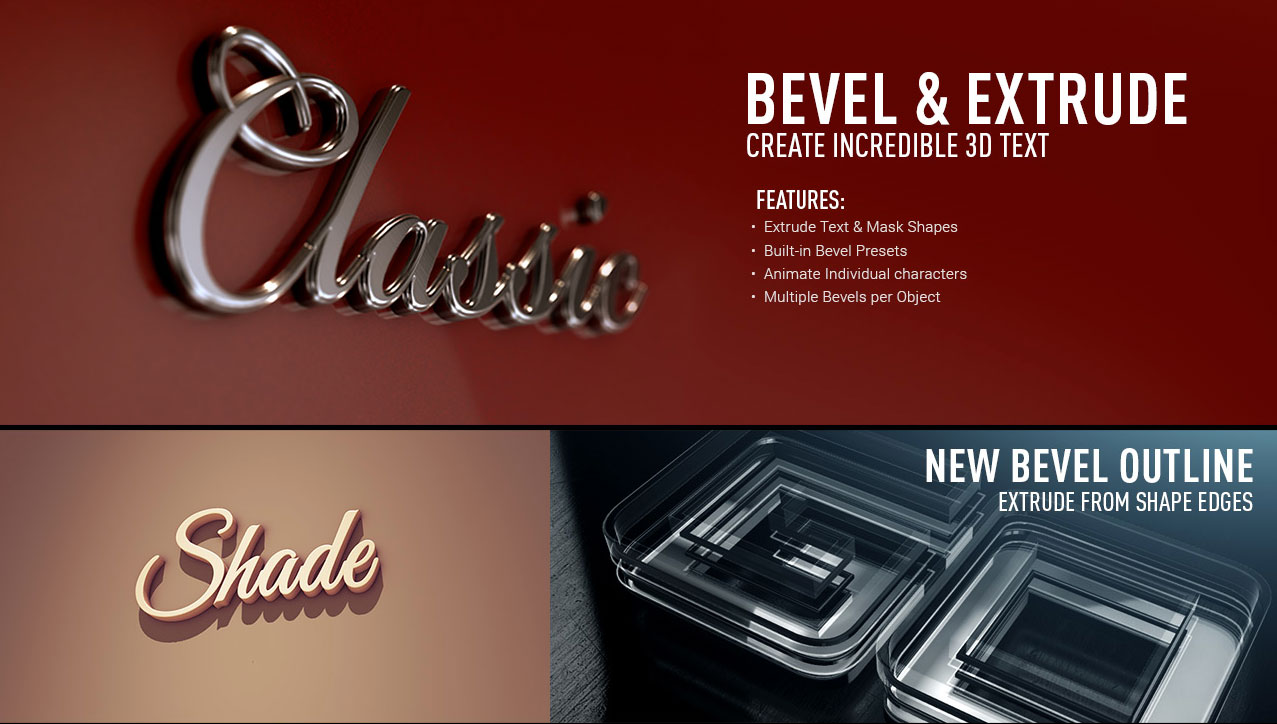
These updates add some minor tweaks and features that are little things here and there in the UI and render settings, but some very useful things that'll help workflow in Element 3D. This update brings the software to Version 2.2. It is June 2015 and there were just some minor updates released for Element 3D V2, the After Effects plug-in by Video CoPilot. Neat, right?! New to Element 3D? Start with How to create a 3D Logo with Shadows & Reflections! Learn about the Top new Features of Element 3D V2! Learn about how to use Cinema 4D Animations in Element 3D V2 in this video! This technique is also fully non-destructive to both elements, so the great part is that you could change the text to something completely new when you're done, and both the Element 3D and Saber layers will immediately update. In this video I'll go over how to link up Element 3D V2 and Saber to one single text layer, and how to set everything up so it will all align together, even when you start moving a camera around. He didn't get into the set-up though, so I wanted to take a crack at how to set this up and share it with everyone! One of the features Andrew Kramer showed in his kickoff video was the possibility of aligning Saber with Element 3D. When the new After Effects plug-in "Saber" was released by Video Copilot, I was excited to immediately dive in and see what this thing could do. Want to Motion Track a 3D Object using Element 3D? Learn how in this video! New to Element 3D? Start with How to create a 3D Logo with Shadows & Reflections! Learn about the Top new Features of Element 3D V2! Learn about how to use Cinema 4D Animations in Element 3D V2 in this video!Īnd my shortcut tips and tricks for Element 3D V2 in this video! To learn how to import 3D objects from Maya into Element 3D V2, check out the video above. By doing this, with a new feature of Element 3D V2, you can also create animation on each individual piece by using Auxiliary or AUX Channels. You can then assign new materials to each part of the 3D model in Element 3D. This way, Element 3D will read the different materials as markers for different parts of the object.

If you want to have different materials on different parts of the object, you'll have to do some additional set-up work in Maya to assign different materials to different parts of the object. Great if you just want to slap one material on an object and move a 3D After Effects camera around it, but not great if you want assign different materials to different parts of the 3D object, or want to animate individual parts separately.

Simple enough, right? That'll only bring the Maya object into Element 3D as one big object with the same texture.


To do this, you first need to export the Maya scene as an OBJ model. If you are working with Element 3D V2 in After Effects for your 3D workflow, you might want to bring in a 3D object built in Maya.


 0 kommentar(er)
0 kommentar(er)
